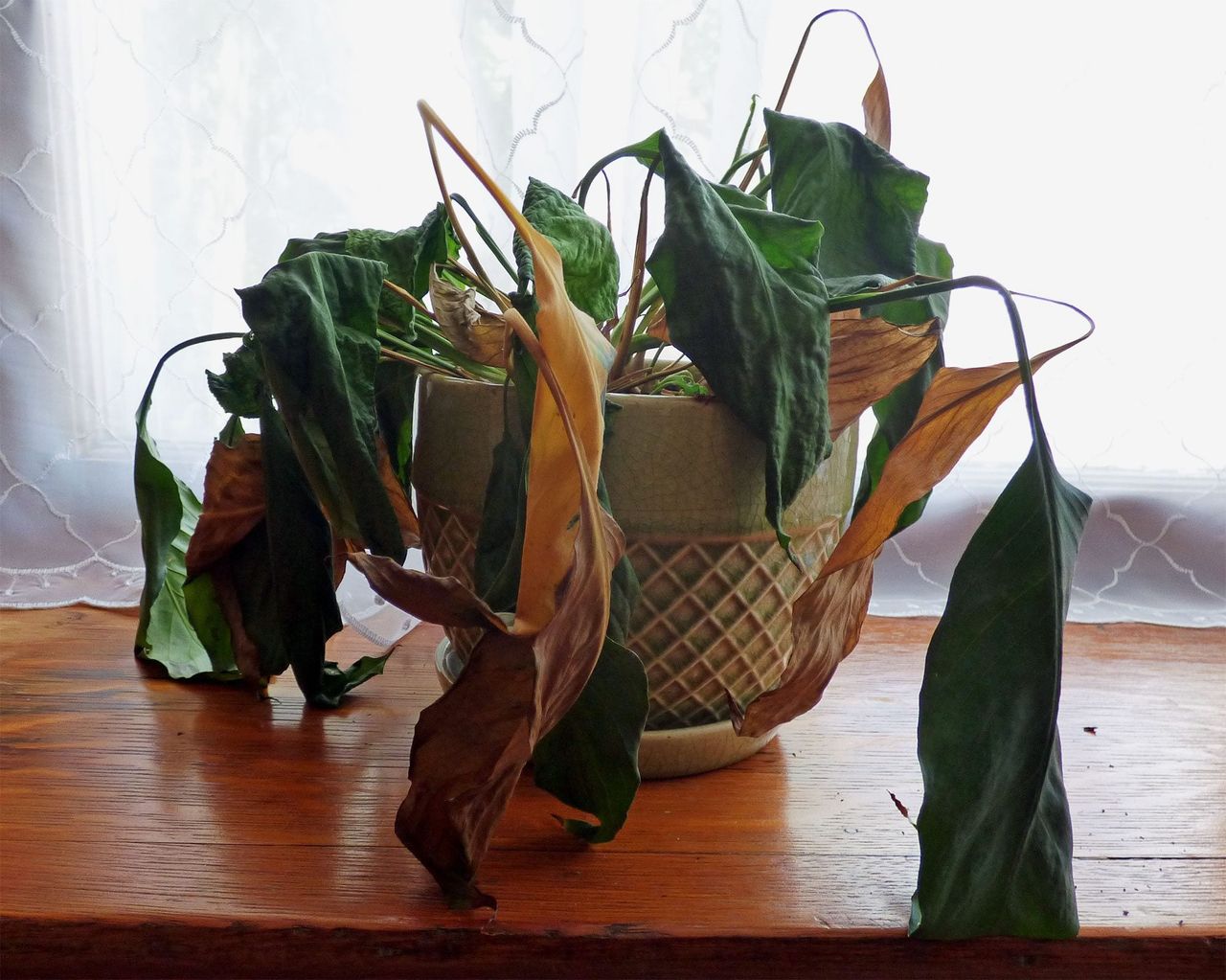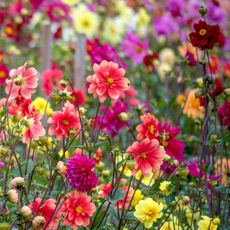How To Tell If A Plant Is Dead And How To Recover An Almost Dead Plant


How do you tell if a plant is dead? While this may seem like an easy question to answer, the truth is that telling if a plant is truly dead can be a difficult task sometimes. Plants do not have vital signs like a heartbeat or breathing in and out that would make it easy to tell if it is truly dead or alive. Instead, you have to rely on more subtle clues.
If your plant has lost all of its leaves or the leaves have all gone brown, don't panic. If you suspect your plant is dead but you aren't sure, the fastest way to tell if it is dead is to check the stems. The stems of the plant should be pliable and firm and will have a green cast on the inside if they are still alive.
If the stem is mushy or brittle, check the roots for the same conditions. The roots, too, should be pliable but firm. If both the stems and roots are brittle or mushy, the plant is dead and you will simply need to start over.
Is the Plant Really Worth Saving?
The next step is to decide if you really want to make the effort of nursing the plant back to health. Keep in mind that a plant may still die despite your best efforts. Also, the plant will look utterly pathetic for weeks, months, or even years.
Is it worth spending the time to recover what may be a lost cause, or could you get a comparable but healthy plant at the local nursery or store for a reasonable price? If this is a plant that has sentimental value or is hard to find, then it is certainly worth saving. Otherwise, you should just start over again.
What to Do When Only the Roots are Still Alive
If the roots are still good, but the stems are dead, you will be hoping that the plant re-grows from the roots. Cut away the stems a third at a time. You may find that as you get closer to the roots, the parts of the stem may be alive. If you do find a living stem, try to leave as much as possible.
If you find no living stem, leave at 2 inches (5 cm.) of the stem intact above the soil. Place the plant in conditions where it will get roughly half the amount of sun that is normally recommended for that plant.
Gardening tips, videos, info and more delivered right to your inbox!
Sign up for the Gardening Know How newsletter today and receive a free copy of our e-book "How to Grow Delicious Tomatoes".
Water only when the soil is dry to the touch. If the plant is able to, you will see new stems sprout from around the remaining stem in a month or two. If you do not, recheck the roots to see if the plant has died.
What to Do When the Stems are Still Alive
Trim away as much dead stem as you can find on the plant. Place the plant in conditions where it will get roughly half the amount of sun that is normally recommended for that plant or in indirect light. Water only when the soil is dry to the touch but do not let the soil dry out completely.
In 3-4 weeks, maybe less, you will hopefully start to see new stems or leaves being produced where the old leaves were. As the leaves and stems become more fully developed, cut away any parts of the stems that are not producing leaves or stems. If you do not see any new leaves or stems after a few weeks, recheck the stems on the plant and prune away the deadwood as the stem dies.
Even with all the love and attention in the world, it is sometimes not possible to save a badly damaged plant. Sometimes you just have to start over and try not to let what happened before happen again.

Heather Rhoades founded Gardening Know How in 2007. She holds degrees from Cleveland State University and Northern Kentucky University. She is an avid gardener with a passion for community, and is a recipient of the Master Gardeners of Ohio Lifetime Achievement Award.
-
 7 Vegetables To Plant In April: Start Indoors Or Outside For A Bumper Summer Harvest
7 Vegetables To Plant In April: Start Indoors Or Outside For A Bumper Summer HarvestAchieve your growing ambitions with these best vegetables to plant in April – including cold-hardy crops to sow direct and tender varieties to start indoors
By Mary Ellen Ellis
-
 Cut Flower Garden For Beginners: 8 Easy Decorative Floral Plants For Newbies To Grow
Cut Flower Garden For Beginners: 8 Easy Decorative Floral Plants For Newbies To GrowAre you new to growing decorative florals for bouquets and ornamental displays? A cut flower garden for beginners is well within reach if you grow these flower seeds
By Tonya Barnett